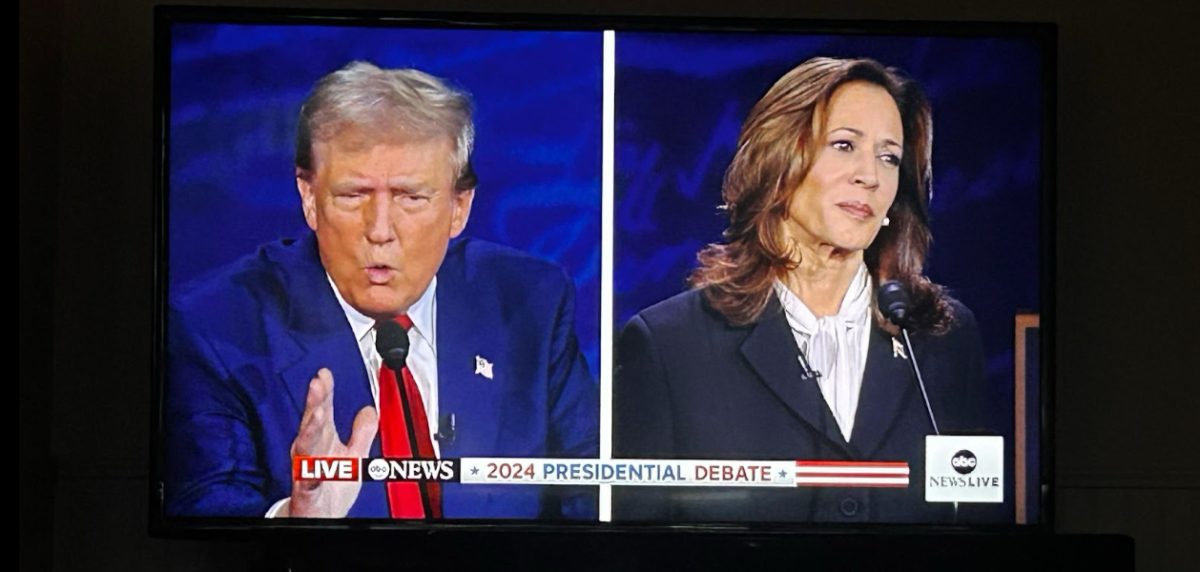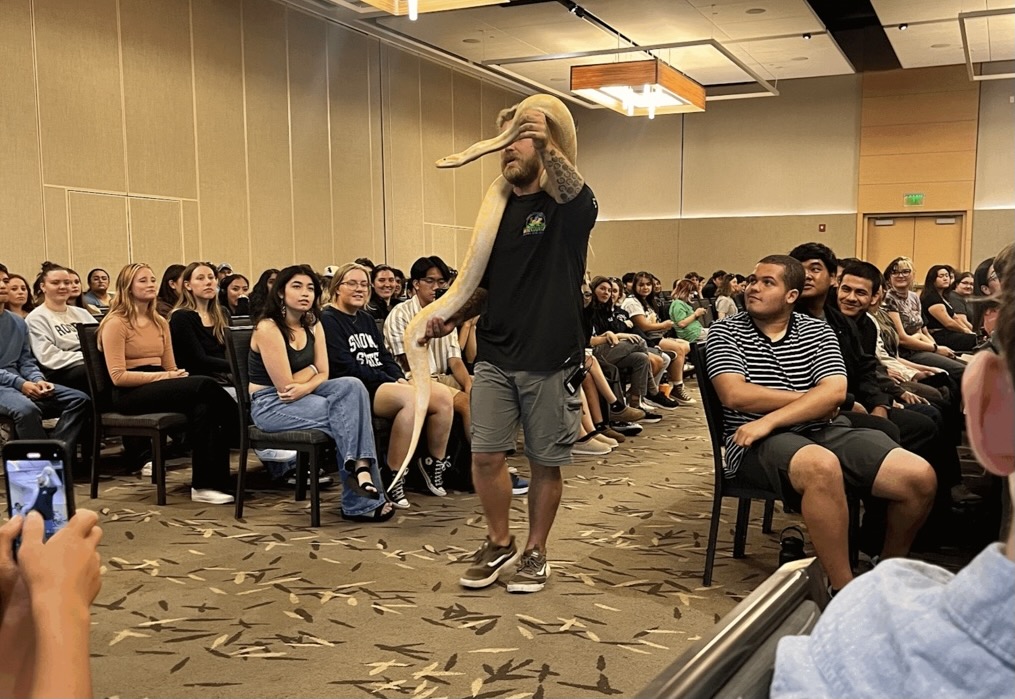Seawolves that have transferred in from other institutions are starting the school year feeling misguided by Sonoma State University as the transfer process is proving to be no easy feat.
Transfer student Madison Ables has transferred to multiple schools within her academic career. However, she has never struggled this hard before with getting credits approved until coming back to Sonoma State over a decade later. Ables spent all of last school year submitting petitions and fighting for lower-division units that were completed at University of Oregon, to be transferred over and honored. This school year, Ables is facing complications with her upper-division transfer which may consequently push back her projected Spring 2022 graduation.
Ables said, “I’m not giving up. I’m doing my best to play the game but this push back I’ve had to give is very frustrating and disheartening.”
Luckily, the obstacles that some transfer students are experiencing seem to not be applicable to every student’s situation.
Before transferring to Sonoma State, Tim Pickard attended De Anza College, a public community college in Cupertino for five years. Pickard’s transfer to SSU has been a lot less stress-inducing than others have experienced, however, De Anza consistently ranks at the top in the state for the number of students who transfer to four-years.
“I’m not sure if De Anza’s transfer program picked up some slack but I experienced no difficulties transferring to Sonoma. All of my important credits were transferred and I was able to get classes.” said Pickard.
The institutional barrier that many transfer students are struggling with is that SSU does not honor credits in the way that one might think the university would. Colleges have a strict guideline and process to follow when it comes to the transferability of courses as they must adhere to policies put in place by Title V. This review process known as articulation, involves generating formal written agreements between universities to accept particular courses from a sending campus that are equivalent to specific courses at the receiving university.
“Their intent [with articulation], in my opinion, is to ensure the integrity of a degree by ensuring the quality of the curriculum which a student must master in order to obtain that degree” said the University Registrar, Sean Johnson. “Having said that, it is my opinion that the process of transferring credit between institutions can and should be made simpler. Our governing bodies have opportunities here to make this process less of a burden on students, while maintaining the quality of curriculum and individuality of institutions who participate.”
Transfer students are also finding that their credits completed at other institutions are being transferred over as elective units. This means that the units from a course completed at another school, which could be applied towards a student’s major or a GE requirement, would instead be counted towards their elective units. This problem is not specific to Sonoma State, as differences within each curriculum across all California college campuses can make it confusing for students to determine exactly what courses transfer, as well as what requirements and units will still need to be satisfied. Additionally, students that transfer from a quarter-unit system to SSU’s semester-unit system will experience unit conversions leaving them with no choice but to take extra classes to make up these units.
“I essentially have holes in my Academics Requirements Report (ARR) because all my units [the school] has decided to honor are only worth 2.66 units rather than the four. I still have about 15 units within my actual major to complete for next semester when I really should only be doing senior seminar,” said Ables.
As every transfer student has their own story and experience to share about the transition to a new school, there is no doubt that each student is deserving of the same amount of academic support at their new institution.


































